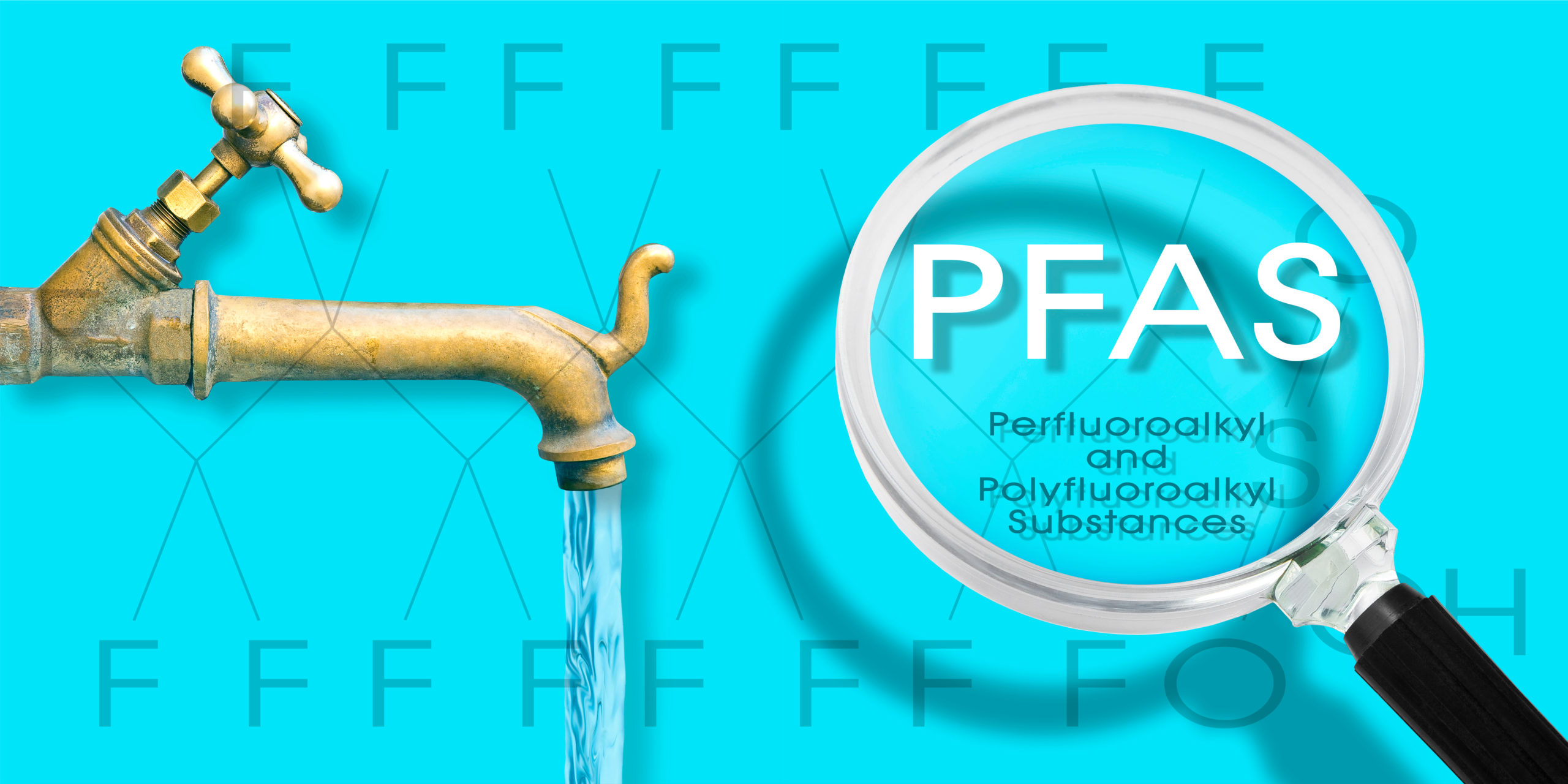A recently published report serves as a wake-up call for the need for a comprehensive solution to per- and poly-fluoroalkyl substances (PFAS) pollution. The Minnesota Pollution Control Agency (MPCA) report emphasizes the importance of prevention to safeguard the environment and public health. PFAS enters wastewater through various channels, including industrial processes, the use and disposal of commercial products, and leaching from landfills and compost sites. The contamination cycle poses significant risks to surface water, groundwater, drinking water, wildlife, and the food supply.
The groundbreaking MPCA report sheds light on the severity of PFAS contamination in the State’s wastewater. The study, commissioned as part of Minnesota’s PFAS Blueprint, reveals the costs of removing and destroying the so-called “forever chemicals” from wastewater streams. The MPCA report reveals that tackling PFAS contamination in wastewater is an immense financial undertaking, with estimated costs ranging between $14 and $28 billion over 20 years. The findings emphasize the need for a proactive approach to prevent PFAS from entering the environment in the first place.
According to the report, the cost to remove and destroy PFAS from municipal wastewater varies significantly based on facility size, type of PFAS (long-chain or short-chain), and the required infrastructure upgrades. Small wastewater treatment facilities face the highest per-pound costs, highlighting the importance of economies of scale in managing cleanup expenses. Additionally, the emergence of “short-chain” PFAS compounds, which are more difficult and up to 70% costlier to remove compared to “long-chain” PFAS, adds to the complexity of the issue.
While current commercially available technologies play a crucial role in PFAS removal, the report highlights the need for continued research and development. However, the report finds that emerging biosolids technologies present cost-competitive options for PFAS destruction.
The MPCA report reinforces the importance of Minnesota’s PFAS Blueprint, which prioritizes pollution prevention as the most effective strategy. The State’s wastewater treatment facilities monitor for PFAS and identify sources, but according to MPCA, none of the facilities currently possess the necessary infrastructure for PFAS removal and destruction.
The full MPCA report can be accessed here: Evaluation of Current Alternatives and Estimated Cost Curves for PFAS Removal and Destruction from Municipal Wastewater, Biosolids, Landfill Leachate, and Compost Contact Water.

